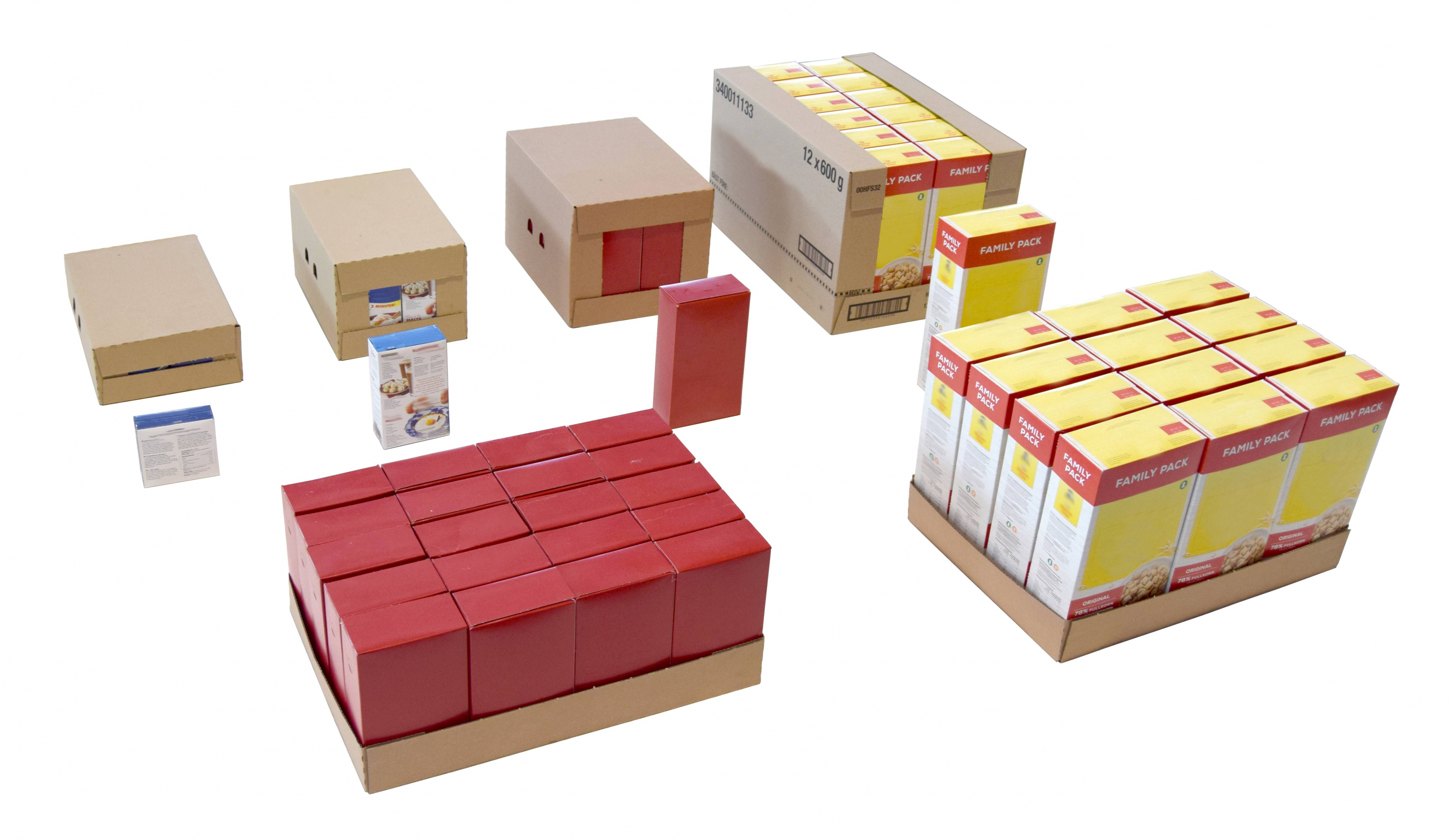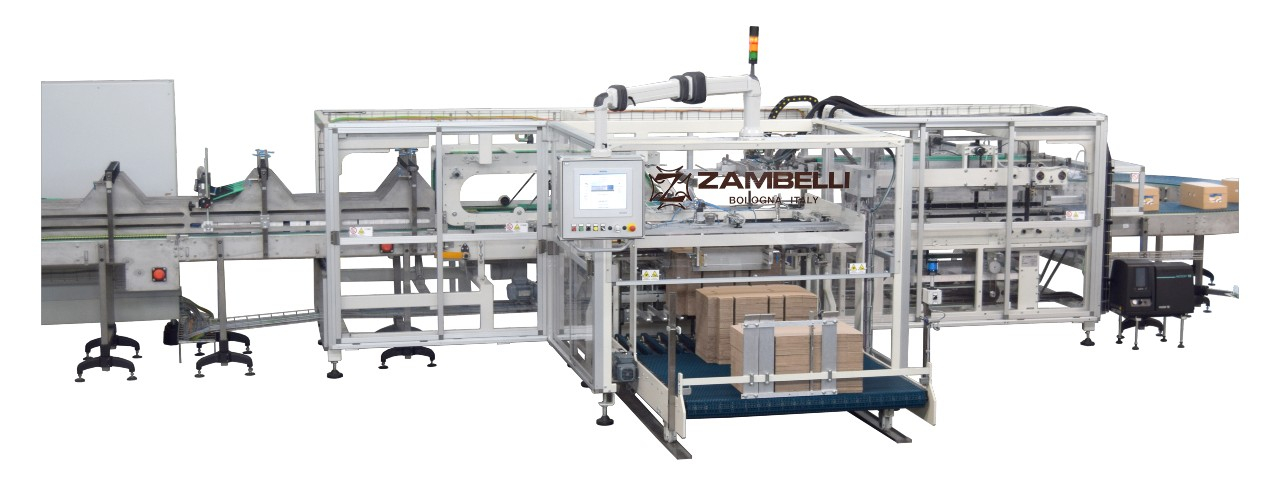In the previous article we looked at how plastic can pollute our planet and how we can avoid it or - at least - reduce its impact to a minimum.
In this article we will delve into the second most used material in the secondary packaging market: paper and cardboard.
The advantage of paper: its recyclability
Paper is a recyclable material because the cellulose it contains can undergo repeated production cycles.
About 95% of recovered paper can be treated and reused as a secondary material in the production of new paper; moreover, compared to other products, it offers considerable energy and water savings and also exploits much less timber.
As if that was not enough, paper that does not have the right consistency to be used as a recycled material can be used as fuel to produce energy.
The disadvantage of paper: its uncontrolled production
Recycling is essential, not only because it brings the benefits mentioned above, but also because it safeguards the environment from the impact of paper production.
Paper production can be extremely harmful to the environment if the systems used are not designed to protect natural habitats.
The great scourge of deforestation – namely, extensive and long-lasting tree clearance carried out for commercial reasons or to exploit the land for cultivation – is the main reason for the increasing push towards recycling and reuse rather than production of new paper.
Let's take a look at some of the adverse effects of deforestation:
- Reduction of biodiversity (disappearance of living species of both plants and animals)
- Decrease in solar radiation, carbon dioxide absorption and oxygen release (resulting in more CO2 in the atmosphere, which directly affects phenomena such as the greenhouse effect)
- Global warming (see above)
- Desertification in dry areas
- Erosion, landslides and landslips in rainy and hilly areas
- Pollution of aquatic ecosystems (due to leaching)
- Removal of resources for indigenous peoples
- Climatic and hydrogeological imbalances (resulting in reduction of evapotranspiration, which decreases atmospheric humidity and precipitation).
Possible solutions
First of all, it is necessary to focus increasingly on paper and cardboard recycling in order to reduce the impact on living resources (thereby avoiding new deforestation, even if controlled).
Secondly, where deforestation methods must be used, they must be kept under strict control in order to minimise damage to natural habitats.
In addition to this, two practices have taken hold in recent years, and have also attracted public interest:
- Sustainable agriculture
- Reforestation.
Case History: Zambelli and cardboard reuse
Zambelli's production departments are accustomed to keeping RSCs used for incoming supplies, such as motors.
Since they are intact and in optimal condition, these cartons can be used to ship spare parts to the customers that order them.
The concept of a circular economy, which has been put into practice down to the smallest detail, allows Zambelli to save both economically – not having to purchase new cartons for shipments – and regarding environmental impact: first, reused cartons do not end up in the pile of industrial waste; moreover, no new packaging must be produced to meet our needs, thereby completely eliminating the corresponding energy consumption.
Case packers – cardboard and communication in the large-scale retail market
Some markets, such as North Europe, prefer the use of cartons for large-scale distribution.
For this reason, we at Zambelli often offer case packers especially for the food sector, designed specifically to meet production needs, but also the communication needs of companies that come to us.
One example is the WR20 case packer, designed for a Danish company that needed to package cases of various sizes.


We have now built a clear picture of everything that constitutes secondary packaging: the materials of which it is composed, the disposal methods that must be applied to them, and the pollution that these materials cause if not disposed of correctly.
If you are looking for a partner to work with, visit our website or contact our sales department. We will be happy to have the opportunity of working with you!